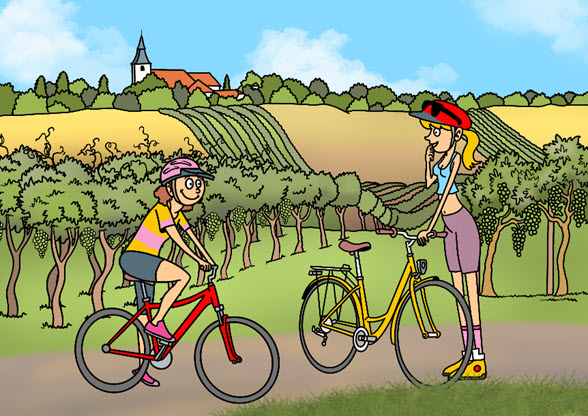In September 1999, an archaeological event took place at the Stillfried Prehistoric Centre. The scientist Marianne Kohler-Schneider of the University of Vienna presented two 3000-year-old grape seeds. They were found during soil excavations near Stillfried, under charred plant remains. This is the oldest evidence of wine culture in Austria, and one of the oldest in central Europe. Whether or not the people who lived along the Morava River during the Late Bronze Age actually produced wine from the wine grapes is unknown. The grape seeds belong to the grape variety Vitis vinifera. This type of grape was also cultivated on the other side of the Morava. Bratislava is considered one of the oldest ‘wine villages’ of Slovakia. It is possible that the people there already knew wine. Its origin traces back to the Near East. In the territory of present-day Iraq and Georgia, the cultivation of wine has been documented as far back as 5000 BC. This cultivated grape variety could have come into circulation through the Mediterranean trade routes. The way to Stillfried passes along the Amber Road, an ancient trade route. Cultural exchanges grew, thanks to trade and commerce. A bronze cup found in the same field as the grape seeds bears similarity to vessels in Italy. They probably belonged to a set of dishes used for wine consumption. This cup is known among experts as the ‘Stillfried cup’ and is an early monument to Austria’s oldest wine region.


